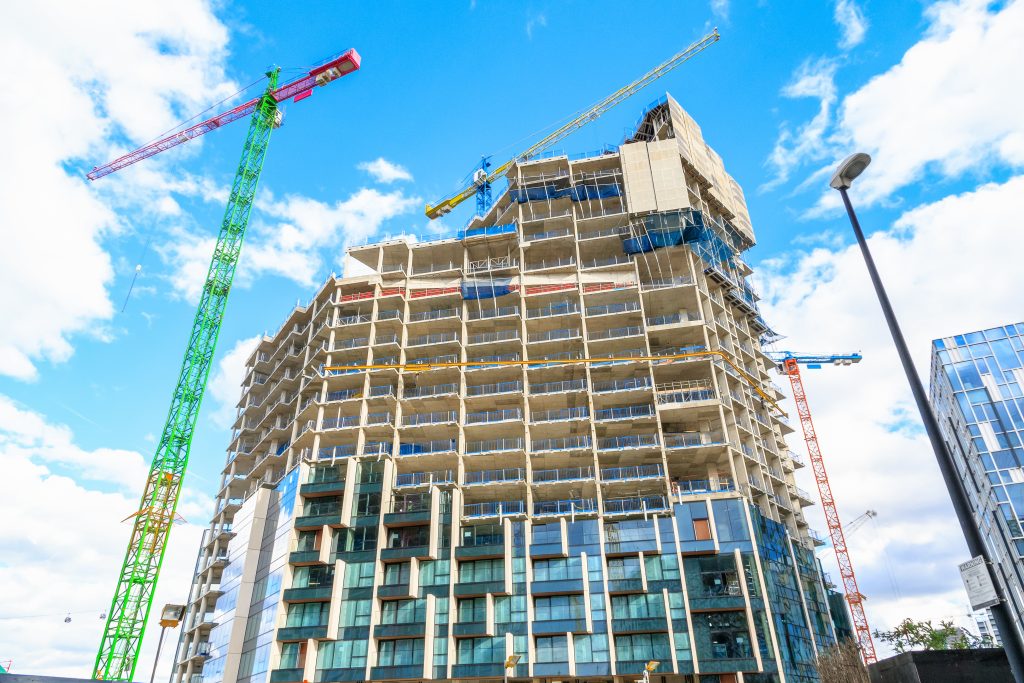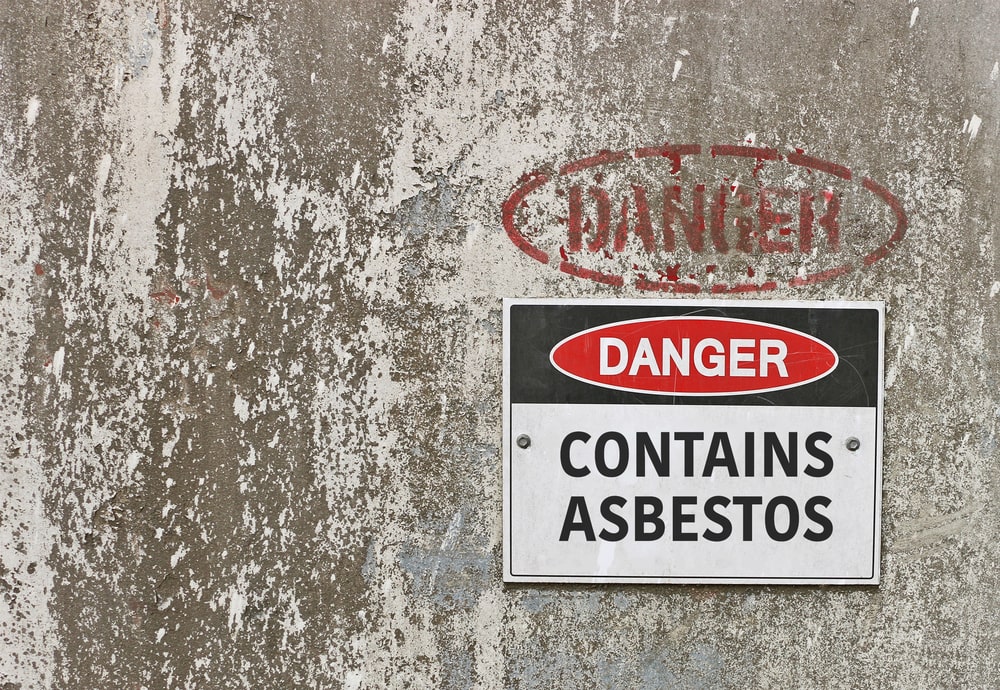Sector - Legal
The low-down on high risk

The Grenfell Tower tragedy of 2017 had far-reaching consequences for the construction industry in Britain, as it led ultimately to the Building Safety Act 2022 (BSA 22) which includes specific legislation related to the construction and ongoing management of tower blocks and other, complex units in which people live.
These are known as higher-risk buildings (HRBs). But what exactly is an HRB and how does the industry need to be prepared for managing the throughput of information throughout the development stages of a project? Jason White, Group Strategic Projects Director (Tech), Assent inevestigates.
Defining an HRB
The BSA defines an HRB as being at least 18 metres in height or having at least seven storeys and containing at least two residential units. This covers hospitals and care homes at design and construction stages but not in-occupation, and includes self-contained student accommodation.
A storey is measured from the lowest level of the ground directly adjacent to the structure to the top floor surface of the top storey that is not exclusively rooftop machinery or a plant room.
Save the date for secondary legislation
Secondary legislation covering the building control approval process for HRBs for the BSA 22 comes into effect on 1st October 2023. If you plan to build a new HRB, create a new HRB through a change of use of a building or by altering or extending an existing building, or you plan to undertake building work on an existing HRB, you will need to follow the new building control regime.
Following this regime from 1st October 2023 means you must:
- Submit a building control approval application directly to the Building Safety Regulator (BSR) and obtain approval before you start any work
- Obtain approval when making major changes to any proposed work and have robust change control management systems in place during construction
- Build what you say you will build and what you were given approval for, by constructing in accordance with approvals and, at the end of the project, provide evidence with a completion certificate application
- Ensure the work is suitably completed to meet the functional requirements of building regulations
Secondary legislation’s aim is to ensure residents are safe in their homes, with significantly greater controls over how compliance with building regulations is achieved and evidenced.
HRBs must be registered
All existing HRBs must be registered with the BSR by 30th September 2023. All new HRBs completed after 1st October 2023 must be registered before they can be legally occupied. It is an offence to not register an HRB.
Transitional arrangements
Despite the introduction of secondary legislation, projects can continue under the current framework if they meet a set of transitional provisions.
There are two key criteria. Applicants must either submit an initial notice or give a full plans introduction to the local authority before the new regime comes into force. HRB work must also be sufficiently progressed before 6th April 2024.
Subject to additional criteria, a project can continue with an Approved Inspector through to completion without having to pass through Gateways Two and Three. If the project does not meet the transitional provisions, it will transfer to the BSR.
Gateway Two and Gateway Three come into effect on 1st October 2023. But what are they?
Gateway Two
The BSA 22 contains hold points at which BSR approval is needed before work can start on construction. These are called ‘gateways’.
Gateway Two is the pre-construction stage when the applicant submits their building control approval application to the BSR.
At this stage, the BSR requires additional information via accompanying documents. These must demonstrate:
- The competence of people appointed has been assessed by the client
- The approach to meeting functional requirements
- Assumptions about how the building will be managed in-occupation
- Management of building work through construction
- Monitoring of change control throughout the construction process
A schedule of inspections is confirmed at Gateway Two which is carried out after the gateway has been passed, by multi-disciplinary teams from the BSR acting as the building control authority, including a registered building inspector and other specialists. Each HRB will be subject to on-site inspections and interventions, with the need for further information and the change control process assessed.
Gateway Three
All projects, regardless of whether they are in transition or are new projects, need to be registered with the BSR before occupation. Registration requires a completion certificate, the granting of which is the passing of Gateway Three. It is an offence for an HRB to be occupied without this.
For projects continuing under transitional arrangements, clients must prepare for the Golden Thread of information requirements, as well as consider building safety risks before occupation. This is critical; it allows building safety risks to be effectively managed when residents move in.
The Golden Thread
When a project has building control approval and the BSR has been notified of the intention to start work, the Principal Contractor has responsibility for managing the building’s Golden Thread of information during construction. The Principal Designer held the same responsibility during the design phase.
The thread’s evidence includes a change control log, a suite of agreed documents and a bank of evidence showing what was built was what was planned and approved at Gateway Two. As a result, the building’s Accountable Person/Persons (AP) and principal AP have access to relevant safety information, including where its fire strategy relies on specific management arrangements.
And finally… a question of competency
Among the accompanying regulatory information that are required for an HRB is a declaration of competence.
This confirms that the client is satisfied that the Principal Designer, Principal Contractor and others who had been appointed to do the work are competent to carry out their roles.
If you would like to read more stories like this, then please click here
Related Articles
More Legal News
- Radical action to speed up removal of unsafe cladding
18 Dec 24
The government has set out tough new targets to fix unsafe buildings in England.
- Biodiversity Net Gain Now in Force – What Does It Mean for You?
12 Jul 24
The UK has significantly advanced by implementing Mandatory Biodiversity Net Gain (BNG) in the ongoing
- Navigating the UK’s immigration system
11 Aug 23
A guide for construction employers on hiring overseas talents,






